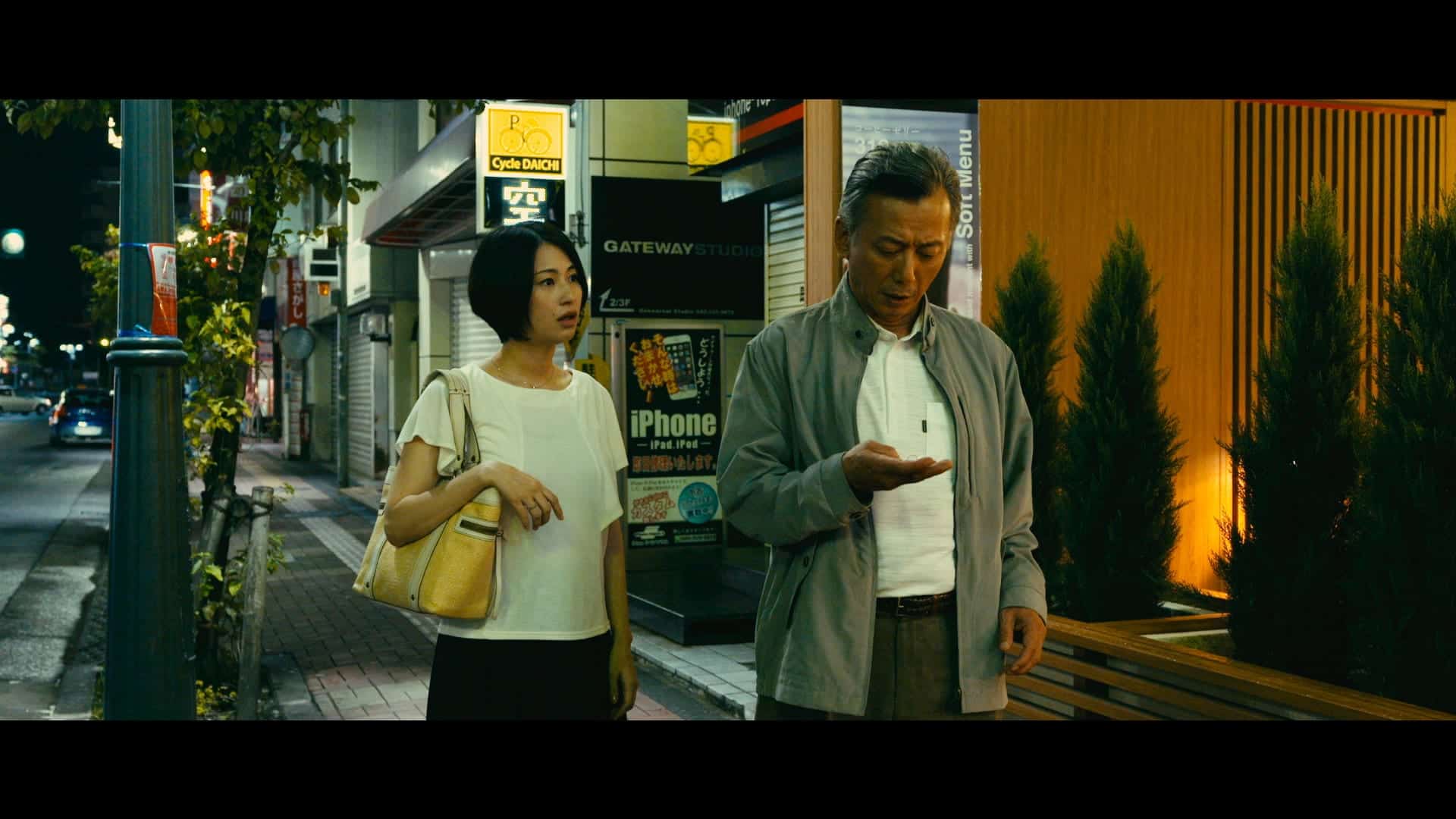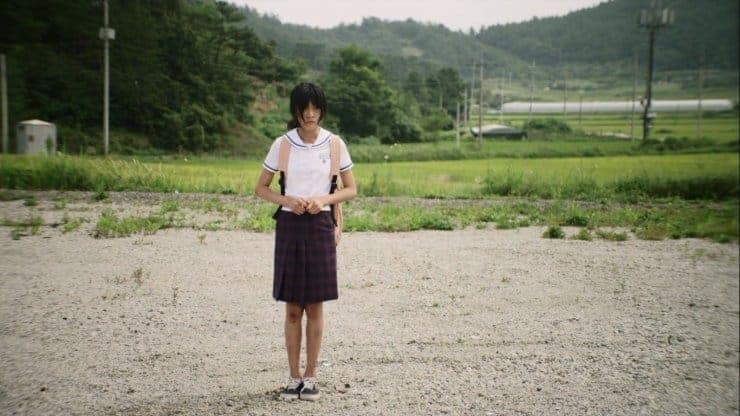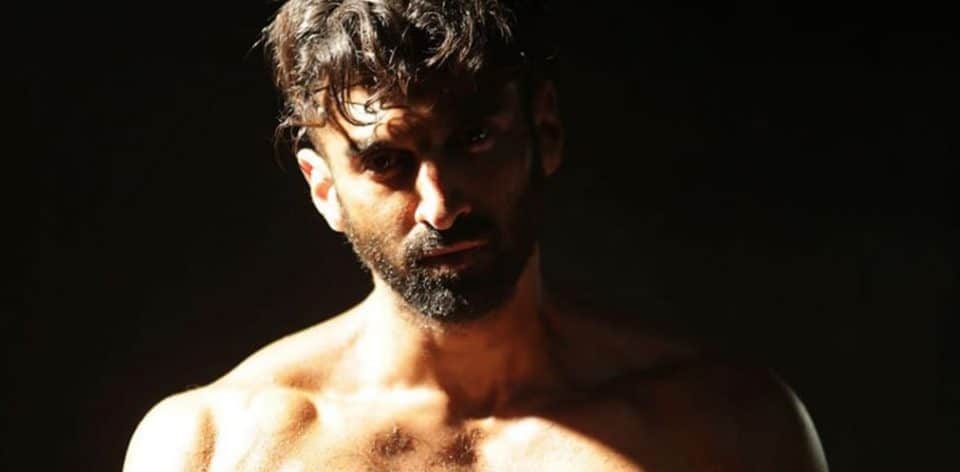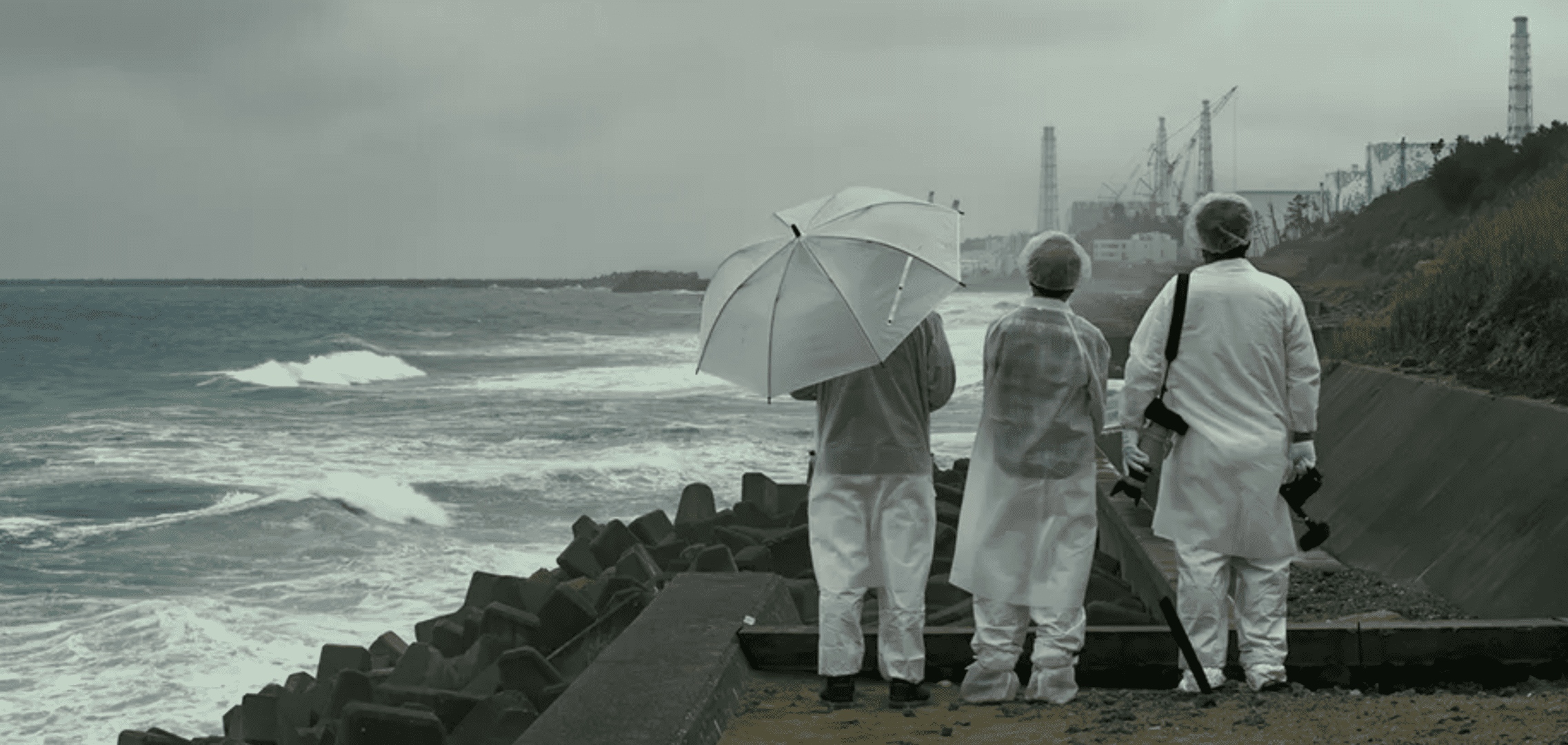by Jack Ford
“Shogun Assassin” is a somewhat notorious title and one frowned upon by some purists. While Japanese in origin, this film is an amalgamation of the first two films in Toho Studios' “Lone Wolf and Cub” series, assembled by American filmmaker Robert Houston, who also created new English dialogue and a new title for his version. It is not certain why the decision was made to introduce the Lone Wolf and Cub series – themselves adaptations of the manga series of the same name written by Kazuo Koike and illustrated by Goseki Kojima – to western markets this way. There existed an in-built audience for chambara films overseas and others in the genre had been released in the same territories untampered with.
Buy This Title

Nevertheless, It turns out that these films were in safe hands. Despite not having much of a good reason to exist, “Shogun Assassin” not only works as an engaging and exciting action film, but is an accurate analogue of the full-length editions, keeping true to the characters, story and themes rather than having them reappropriated. At the same time, its tone and greater focus on action suggest a film maximised for the appeal of American audiences. (Allegedly when Roger Corman's New World Pictures picked this film up for US distribution, their proposed tag line, ‘Shogun Assassin: He'll kick your ass in!', was rejected as no written outlet would print it.)

Houston cut together decisive sequences from the first one, “Sword of Vengeance” with much larger portions extracted from its sequel, “Baby Cart at the River Styx”. He chose all the right clips needed to create a coherent, working narrative. The characters all keep their names and arcs in “Shogun Assassin”, including the leads of ronin Ogami Itto (Tomisaburo Wakayama) and his young son, Daigoro. (Akihiro Tomikawa) Unlike the original films, Daigoro narrates the action, with his English lines provided by Gibran Evans. The effort Houston and his team have put in to creating a polished product extends to supposedly bringing in deaf lip readers to help make up English dialogue that would accurately fit in the actors' mouth movements. The resulting dialogue is workable, occasionally over-expositionary, but helps to get across the finer points of the story, including one pivotal early scene. After Ogami's wife was murdered and he was marked for death for failing to swear loyalty to a shogun lord, he gave his baby son a choice: to join him or his mother. It was a decision Daigoro made passively, still of a young age, but it saw the two journeying across Edo Japan, keeping a low profile while surviving on money earned from gambling and killing.
The young cub is pushed around in a bamboo cart his father has weaponized: fitted with retractable blades in the spokes of the wheels and swords concealed in the handles. They encounter many enemies who try to ambush them on their travels, so all of these accoutrements come in handy. It also shows Ogami's deadliness with any weapon, why he is sought-after as a contract killer. Unwilling to work for the elites, however, he becomes one of their main targets. The two of them are offered a contract to kill Lord Kiru, who is under protection of a ninja clan known as The Masters of Death, themselves out to do away with Ogami and Daigoro. The same applies to Kiru's brother, Lord Kurogawa (Akiji Kobayashi), who orders the Supreme Ninja (Kayo Matsuo) to have her all-female ninja squadron take out the father and son. It is an overly-complicated plot, but works in practice and allows for plenty of fast-paced, well-choreographed swordplay sequences.
However, it is not entirely clear what to praise about “Shogun Assassin”. The people behind it have done well to assemble a faithful retelling that holds up when they need not have put in the effort. Yet it is the original scenes that, in the end, make it so watchable. The film is visually striking and full of exciting sword fighting scenes, with Wakayama making a compelling and commanding screen presence – which is, in the end, all products of the original creators.
It is more satisfying to see all the Lone Wolf films in their unabridged forms. At a time when it may have only been possible to see them in the form of “Shogun Assassin”, it would have been a more solid recommendation, but now, when it is possible to see all of Toho Studios' grand works in all their glory, “Shogun Assassin” is somewhat relegated to an interesting curio.
Such is the effort that has gone into Houston's film, though, that it is worth seeing both versions of the same story in their own right. Watch the original six to begin with and, at the end if you are left wanting more, check out “Shogun Assassin” to see how well approximated they were in the west a decade on.















